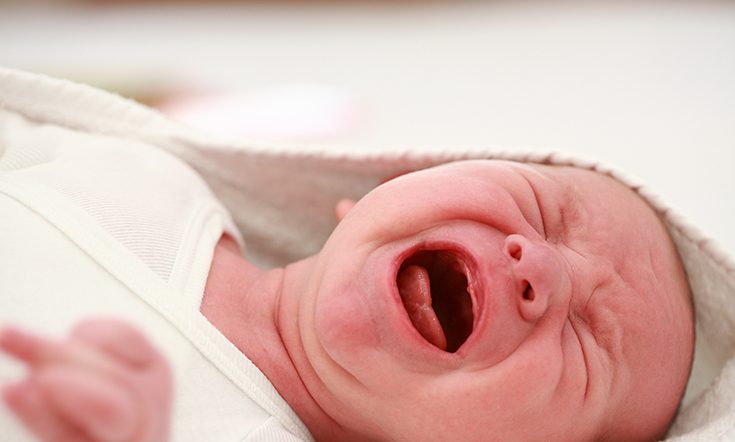

Tongue Tie, if you look anywhere on the internet these days about tongue tie you will be bombarded with information and stories. When I googled Tongue Tie, 1.5million options came up! But what should you trust?
What is a Tongue Tie?
The small piece of skin underneath the tongue is call a lingual frenulum. In some people this frenulum is very short, tight and is attached to or very near the tip of the tongue, making it hard to move the tongue.
It you read through the hundreds of articles on the internet it feels like the rates of tongue tie are on the increase, but what we actually see in the current studies are that the rate of tongue tie in babies is still around 5-10%. We also see that it tends to affect more boys than girls.
What is a Lip Tie?
A lip tie is the piece of skin, called labial frenulum which attaches the top lip to the gum. We all have one, but in some people the labial frenulum is very short and tight and attaches to the gum ridge.
There is very little clinical studies investigating lip ties, so we do not know facts such as the percentage of babies who are born with a lip tie, or what type of lip tie is a problem for breastfeeding, or whether lip ties cause problems in the future as a baby grows up.
At present there is a lot of mixed thinking about lip ties because there is not really any good supporting research to answer these questions. Lip ties may be causing problems with breastfeeding for some babies but for others it is unlikely, instead the breastfeeding issues are related to something else. Which is why I recommend that you consult with a good lactation consultant to check out not only your baby’s oral anatomy but also baby’s feeding behaviour and pattern to give you a better guide on what is best for your baby. The LC may then suggest another health professional to further the care if she/he feels the lip tie could be part of the problem.
Should all tongue ties be released?
The short answer is no. Some babies can breastfeed really well and move their tongue perfectly despite the appearance of a tongue tie. That is why when a lactation consultant (LC) checks your baby’s oral anatomy they are looking at the appearance of the tongue tie but also how it functions. Most LC’s will use a tool which helps them grade the severity of the tongue tie, but they will also listen to your history and see if there are any difficulties with breastfeeding that are linked to the tongue tie and not just difficulties linked with the fact that the mum and baby are still learning to breastfeed. An LC will always watch you feed your baby as well as do a full check before they advise you of their findings and thoughts.
For babies who are struggling to breastfeed and causing damage to mum’s nipples there has been studies which showed that releasing the tongue tie improved breastfeeding for mum and baby. So most LC’s and dentists will advise a release in these cases.
Problems which could be caused by a significant tongue-tie
- Tongue cannot extend beyond the baby’s lips.
- Tongue cannot be moved sideways.
- Tongue tip may be notched or heart-shaped.
- When the tongue is extended, the tongue tip may look flat or square instead of pointed.
Breastfeeding problems:
- nipple pain and damage
- a misshapen nipple after breastfeeding
- a compression/stripe mark on the nipple after breastfeeding
- the baby often loses suction on the breast whilst feeding
- a clicking sound may be heard while the baby is feeding
- poor weight gains.
Who should I go and see to give me good information and support if I think my baby has a tongue tie?
The best health professional to have an assessment with initially is an LC. An LC is qualified to assess your baby’s feeding ability, as well as baby’s oral (mouth) anatomy. The LC will be able to take a history of your feeding and watch you feed baby and then be able to give you good advice on what the next steps available to you are.
How is the tongue tie released?
Releasing a tongue tie is called lingual frenotomy. There are two ways offered to release the tongue tie; a small cut or laser treatment. Many LC’s and doctors will perform the simple procedure with a small pair of sterile scissors. It is an extremely quick technique which doesn’t require any anaesthetic and your baby will be given back to you for a breastfeed as soon as the procedure is completed. Many dentists use laser treatment to release the tongue tie. This is also a simple procedure done in the dentist office.
It is always important to feel informed and listened to. Don’t be afraid to ask your health professional all your questions, you should feel happy with the care you receive and the decision you make for you and your baby. Be wary of other people’s ‘stories’, each case of tongue tie is different and will affect breastfeeding or the movement of the tongue individually. It is important to get baby correctly checked before deciding on the procedure.























